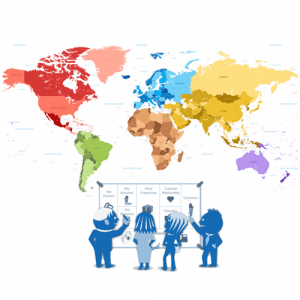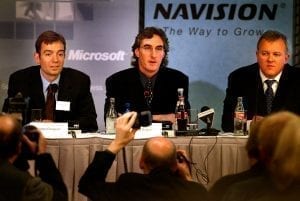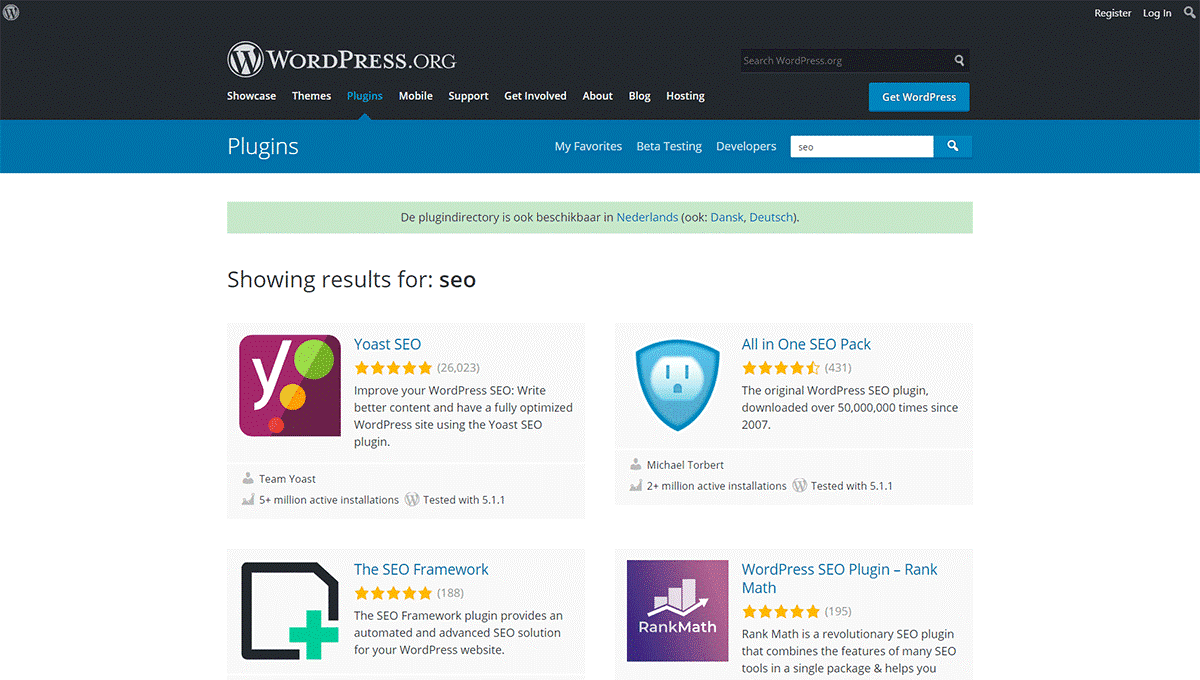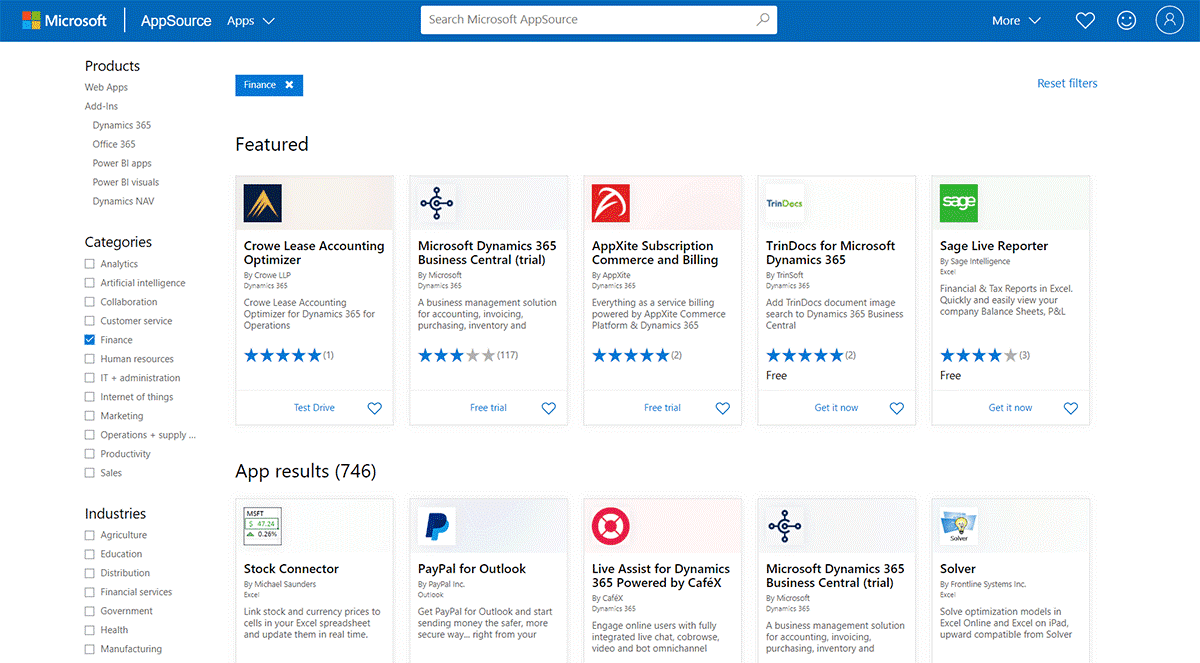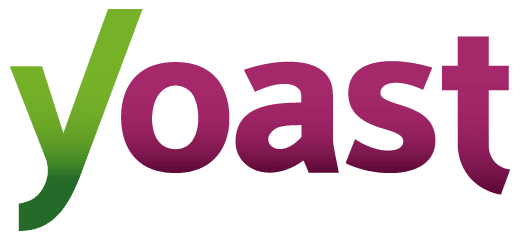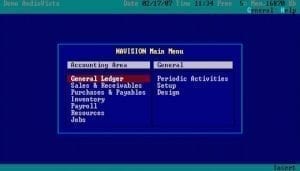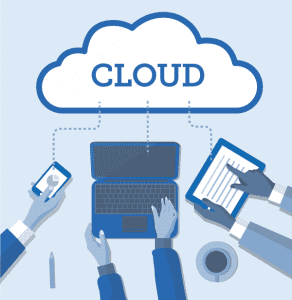Im Rahmen der Recherche für mein nächstes Buch habe ich in den letzten 18 Monaten zahlreiche B2B-Softwareunternehmen zu ihren internationalen Ambitionen und Aktivitäten befragt. Dabei sind zwei wichtige Trends gerade im Bezug auf ERP-Anpassungen zu erwähnen, die sich auch auf den im Mittelstand tätigen Microsoft Dynamics-Kanal auswirken werden.
- Die Cloud hat sich zu einem Standard-Lieferformat entwickelt.
- Die Softwareanpassung verschwindet.
ERP-Systeme für den Mittelstand waren früher die Gans mit den goldenen Eiern. Wenn Sie einem Kunden eine maßgeschneiderte Lösung liefern konnten, haben Sie sich für die kommenden Jahre ein attraktives Geschäft mit professionellen Dienstleistungen gesichert. Die anfänglichen ERP-Anpassungen wurden immer etwas teurer als ursprünglich geplant, da der Kunde seine Meinung während der Implementierungsphase mehrmals änderte. Und mit ERP-Anpassungen war natürlich alles möglich. Für die laufenden Änderungen und Upgrades hatten Sie quasi ein Monopol. Lieferanten von ERP-Systemen benötigten nur eine oder zwei Handvoll Kunden, um ein sehr erfolgreiches Geschäft zu führen, und viele von ihnen taten genau das.
Aus zwei Gründen sind diese Tage vorbei:
- Kunden haben den Preis bezahlt, die Lektion gelernt und wollen diesen Weg nicht wieder gehen.
- Es gibt eine Auswahl an Alternativen, vor allem für aufwändige ERP-Anpassungen.
„Die Akzeptanz von Cloud-basierten ERP-Lösungen im Mittelstand ist sehr hoch“, sagt Christian Brinkmann, Partner von DataComfort in Dänemark, „und der Appetit auf ERP-Anpassungen ist entsprechend gering. Kunden möchten, dass Standardsysteme und, dass das Software-zu-Service-Verhältnis für ERP-Systeme (einschließlich Datenmigration) gegen 50:50 gehen. “
Christian Brinkmann erklärt, dass der Projektpreis möglicherweise ein anderes Bild zeigt, da die endgültige Lösung nun aus mehreren Software-Subsystemen, Integration, Schulung und Support besteht. Die Kosten pro Benutzer einer zeitgemäßen ERP-Lösung sinken jedoch, und der einzige Weg, um das Defizit auszugleichen, ist der Verkauf an mehr Kunden.
Generische IT-Kenntnisse reichen nicht aus
Vor einiger Zeit hat mich ein Webdesigner wegen eines Redesigns meines Blogs angesprochen. Er schlug ein Facelifting vor und konnte eine maßgeschneiderte Lösung für nur ein paar tausend Euro anbieten. Ich war zu dieser Zeit mit anderen Aktivitäten beschäftigt und lehnte ein Gespräch ab. Ein paar Monate später versuchte der Designer, sich erneut zu engagieren und bot mir nun eine 25-prozentige Preisreduzierung an, sofern der Auftrag vor einem bestimmten Datum abgeschlossen werde.
Mir war klar, dass ein Facelifting erforderlich ist. Klar war mir aber nicht, dass ich dafür ein paar tausend Euro abzüglich eines Rabattes von 25 Prozent ausgeben werden musste. Wäre der Webdesigner mit einem Wertversprechen an mich herangetreten und hätte gesagt: „Ich kann Ihnen dabei helfen, Ihr Blog neu zu gestalten, damit er mehr Besucher anzieht und Sie mehr Bücher verkaufen.“ – Dann hätte ich mir das vielleicht genauer angehört. Wir hätten darüber diskutieren können, wie ein neues und maßgeschneidertes Design meine Geschäftsziele am besten unterstützen kann, und vielleicht hätte ich dadurch Ausgaben von einigen tausend Euro leichter rechtfertigen können.
Stattdessen recherchierte ich im Internet und kaufte ein Portfolio mit Vorlagen, die ich selbst ausprobieren und konfigurieren konnte. Kosten: 85 $. Ich bin mir sicher, dass der Designer etwas visuell viel raffinierteres hätte produzieren können, aber würde es tatsächlich zu besseren Geschäftsergebnissen führen und was würde die Wartung kosten?
Das Beispiel zeigt, was seit Längerem bereits in der Software-Branche passiert und nun auch den ERP-Markt tritt: Kunden suchen zuerst nach Geschäftsvorteilen und dann nach Lösungen, die diese Vorteile so schnell wie möglich und mit möglichst geringen Kosten für Implementierung, ERP-Anpassungen und Wartung leisten. Entsprechende technische Fähigkeiten und Produktkenntnisse werden als selbstverständlich vorausgesetzt und dienen nicht mehr zur Unterscheidung. Branchen- und Fachwissen sind sehr gefragt. In den Gesprächen, die Kunden wünschen, geht es darum, wie sie IT einsetzen können, um ihre Geschäftsziele zu verbessern.
VARs müssen zu ISVs werden
Unterscheiden sich Unternehmen nicht mehr? Ja, sie sind immer noch anders. Können sie alle die gleichen Anwendungen verwenden? Nein, sie können nicht alle dieselben Anwendungen verwenden.
Der Unterschied zu gestern sind die Optionen, die jetzt für das mittelständische Unternehmen verfügbar sind. Der ISV-Markt entwickelt derzeit eine Vielzahl an vertikale Lösungen, die den Kernbedürfnissen von Kunden viel besser entsprechen als standardasierte Lösungen mit entsprechender ERP-Anpassung. Zusätzlich zu dieser massiven Spezialisierung existieren Anwendungen, die es den Kunden selbst ermöglichen, Anwendungen selbst zu entwickeln. Und schließlich sind die heutigen APIs gut dokumentiert und unterstützen die Best-of-Breed-Bewegung, die Kunden begrüßen.
Zukünftig werden ERP-Systeme aus konfigurierbaren Standardsystemen, Power Tools (für die Eigenentwicklung), externen Modulen und Integrationen bestehen. Wie werden VARs in dieser Welt ihr Geld verdienen? Welche Arten von Diensten werden benötigt, wie viel vom Gesamtpreis der Lösung werden sie ausmachen und sind neue Einnahmequellen noch existent?
Die maßgeschneiderten ERP-Lösungen für den Mittelstand werden nicht einfach verschwinden. Aber: Sobald sie relativ einfach ersetzbar sind, wird die überwiegende Mehrheit von ihnen auf Cloud-basierte Standard-SaaS-Lösungen umsteigen wollen.
Der Löwenanteil der professionellen Dienstleistungen, die mit der Spezifikation und Entwicklung von individualisierten ERR-Systemen verbunden sind, wird verschwinden und nicht mehr zurückkehren. Die 10:90-Beziehung zwischen ERP-Software und den zugehörigen professionellen Diensten wird sich in einen Bereich von 50:50 oder sogar darunter einpendeln. Die Tage des traditionellen VAR-Ansatzes, maßgeschneiderte Lösungen im Form von ERP-Anpassungen anzubieten, gehen zu Ende. Sie werden von ISVs übertroffen, die in Branchenlösungen mit Standardfunktionalität investiert haben, die den Kundenanforderungen viel mehr entsprechend. Die Kunden genießen die Vorteile der Domain-Erfahrung des ISV und freuen sich, die Kosten der laufenden Entwicklung mit ihren Branchenkollegen zu teilen.
2017 verdienten Partner 9,64 US-Dollar für den lukrierten 1 US-Dollar Microsoft-Umsatz, und dies wird voraussichtlich bis 2022 so bleiben.Dieser Betrag besteht aus einer Mischung aus Software (45%), Services (50%) und Hardware (5%), die im Zusammenhang mit Microsoft-Lösungen verkauft werden. Dieser Mix spiegelt auch einen hohen Anteil von Produkten und Dienstleistungen wider, die von Partnern entwickelt wurden.
Quelle: The Digital Transformation Series, Teil 1: Die Chance der digitalen Transformation. Ausrichtung der Geschäftsstrategie auf die Chancen der digitalen Transformation. Ein von Microsoft gesponsertes IDC eBook. 2018.
Das obige Zitat stammt aus dem ersten von fünf eBooks, die IDC für Microsoft geschrieben hat. In den eBooks werden verschiedene Aspekte der digitalen Transformation angesprochen, mit dem alle Unternehmen in den nächsten Jahren konfrontiert sind. Die digitale Transformation kann für den Dynamics-Kanal eine Bedrohung oder eine Chance darstellen. Je nachdem, wie Sie selbst darauf reagieren. Ein anderes Zitat aus dem eBook sagt:
Laut der IDC-Partnerumfrage weisen Partner mit IP-Diensten die höchsten Bruttomargen (über 70%) auf und die Margen steigen bei allen Arten von Diensten im Verhältnis zur digitalen Reife des Partners.
Die ERP-Branche bleibt serviceorientiert, aber Produktentwicklung, Unternehmensberatung und Systemintegration ersetzen die maßgeschneiderte Programmierung.
Ich brauche einen Spezialisten für Umsatzgenerierung – keinen Designer.
Mein Blog funktioniert. Warum also soll ich in ein Redesign investieren?
Möchte ich mehr Bücher verkaufen? Natürlich möchte ich das. Es ist seltsam, dass kaum ein Webdesigner oder SEO-Analyse, mich mit meinem Wertversprechen ansprechen, das sich an meinen Geschäftszielen orientiert. Alle zeigen auf, was sie tun, und nicht, wie sie mir helfen können, das zu bekommen, was ich will. Verstehen Sie mich bitte nicht falsch: Ich warte mir keinen auf Leistung basiertes Angebot. Obwohl ein solcher Vorschlag sicherlich meine Aufmerksamkeit erregen würde.
Ich bin davon überzeugt, dass die Zukunft jenen gehört, die verstehen, wie sie ihren Kunden helfen können, mehr zu verkaufen, schneller zu wachsen, Kosten zu senken, die Produktivität zu steigern, bessere Mitarbeiter einzustellen, mehr Geld zu verdienen und so weiter. Unternehmenssoftware, einschließlich ERP-Systeme, kann einen wesentlichen Beitrag zu all diesen ergebnisorientierten Zielen leisten. Wie sie diesen Wert liefern, bleibt jedoch meist ein allgemeines und unscharfes Marketingversprechen.
Kunden sind und bleiben zurückhaltend, einen Softwareanbieter für ein Beratungsprojekt zu beauftragen, bei dem es um die Frage geht, wie IT die betrieblichen Abläufe verbessern kann. Die Auffassung, für derartige Analysen einen unabhängigen Berater zu beauftragen, ist den meisten Unternehmen lieber als ein Softwareanbieter, der auf die eigene Lösung verweist. Ich glaube, Kunden machen hier einen bedeutenden Fehler. Nichtsdestotrotz müssen wir uns aber aktuell mit dieser Einstellung auseinandersetzen.
Stellen Sie sich nun vor, Sie verfügen über fundierte Branchenkenntnisse und können eine Reihe von Kunden derselben Branche vorweisen, denen Sie erfolgreich geholfen haben, ihre Geschäftsziele zu erreichen. Stellen wir uns außerdem vor, Sie haben branchenspezifische Leistungsdaten gesammelt und ein Tool entwickelt, mit denen potenzielle Kunden ihre Position innerhalb der Branche bewerten können. Wenn Sie den potenziellen Kunden zum Benchmark und zur Selbstdiagnose bewegen können, verfügen Sie über eine Plattform für einen geschäftlichen Dialog.
Wenn Sie dies tun, erhalten Sie Kunden, die zu Ihrem Produktportfolio passen. Das wiederum stärkt die Glaubwürdigkeit Ihres Kundenwertversprechens für andere Interessenten der gleichen Branche. Sie sammeln Brancheneinblicke, um für Ihre Kunden immer relevanter und wertvoller zu werden.
Der Kernwert dieser Art von Unternehmensberatung ist Ihre Fähigkeit, die Beziehung zwischen den von Ihnen bereitgestellten IT-Produkten und -Dienstleistungen und dem greifbaren und messbaren Ergebnis für den Kunden herzustellen.
Können Sie Ihre Beratungsdienstleistung in Rechnung stellen oder sehen Ihre Kunden Beratung als kostenlosen Verkaufsaufwand, den Sie für den Vertragsabschluss leisten müssen? Ich stimme zu, dass dies eine Herausforderung ist. Bedenken Sie aber: Je größer Ihre Referenzliste in einer Branche ist, desto eher finden Sie passende Kunden.
Wahr ist jedoch auch, dass nicht alle potenzielle Kunden für diesen Ansatz empfänglich sein werden. Es wird immer Unternehmen geben, die zögern, ihre Geschäftsdaten mit ihrem potentiellen ERP-Partner zu teilen. Einige davon werden befürchten, Ihre Verhandlungsposition zu verschlechtern, wenn der ERP-Anbieter weiß, wie hoch die notwendigen Investitionen sind. Vielleicht sollten Sie solche potenziellen Kunden meiden.
Wenn Sie Softwareentwicklung lieben, sollten Sie ein ISV werden
Wenn ich auf das Beispiel mit dem Webdesigner zurückkomme, kaufte ich Theme-Package von einem ISV für 85 USD (Jahresabonnement). Die enthaltenen Layouts wurden speziell für Content-Produzenten wie mich entwickelt. Ich kann selbst notwendigen Anpassungen vornehmen und fehlende Funktionalität einfügen, indem ich Add-Ons von Drittanbietern aktiviere. Der ISV gibt an, 30.000 Kunden zu haben. Dies entspricht einer jährlichen Einnahmequelle von über zwei Millionen Dollar! In welcher Stadt sich mein Lieferant befindet, weiß ich nicht. Und um ehrlich zu sein: für diese Art der Kundenbeziehung ist das auch irrelevant.
Eine Nachfrage nach branchen- und kundenspezifischen Funktionalitäten, die nicht im Standard von Microsoft Dynamics-Lösungen enthalten sind, wird es immer geben. Diese können auf vier Arten geliefert werden:
- Indem Sie die Standardsoftware konfigurieren und benutzerdefinierte Felder verwenden
- Mit den Power Tools
- Via Implementierung einer App aus der AppSource
- Durch die Integration in eine andere App
Innerhalb eines Jahres wird die Anzahl von Apps für Business Central auf Microsoft AppSource von 43 auf 435 steigen. Und: Ich gehe davon aus, dass diese Zahl weiter explodieren wird, sobald Softwareentwickler das Potenzial der Dynamics 365-Plattform und das daraus resultierende Geschäft erkennen.
Das Entwickeln von ERP-Anpassungen und Apps scheint dabei fast identisch zu sein, aber das ist nicht der Fall.
„Der Einstieg in AppSource ist im Vergleich zur reinen Entwicklung mit einem erheblichen Overhead verbunden“, sagt Nelson Tavares da Silva, Vizepräsident für ISV Business Development bei der QBS Group. „Der Vorteil ist der Zugang zu den Marketing-Aktivitäten von Microsoft und dem Dynamics 365-Markt. Partner können natürlich noch Apps anbieten, die nicht mittels AppSource zertifiziert sind. Aber wie finden Sie Abnehmer dafür? Ich glaube, Kunden werden zunehmend zögern, solche nicht-zertifizierten Apps zu kaufen, da Ihnen weder die Qualität noch die Aktualisierbarkeit, die die AppSource garantiert, gewährleisten können.“
ERP-Anpassungen waren lange Zeit eine attraktive Geschäftsmöglichkeit, da der Kunde die volle Rechnung für die Individualisierung bezahlte. ISV-Lösungen folgen einem anderen Geschäftsmodell, bei dem zwar die anfänglichen als auch die laufenden Investitionen in das Produkt höher sind, das Potenzial für Wiederverkäufe jedoch viel wahrscheinlicher und rentabler ist. Die Skalierung eines Produktgeschäftes ist viel einfacher als die Skalierung eines Servicegeschäfts. Wir werden ERP-ISVs sehen, die eine internationale Marktabdeckung anstreben. Diejenigen, die Erfolg haben, werden sehr schwer zu schlagen sein. Durch das Internet sind entsprechende ISVs leichter zu finden und im Laufe der Zeit werden eben diese zu globalen Playern werden.
„Jeder VAR wird zu einem SI“, schließt Nelson Tavares da Silva. „Mit AppSource zwingen Kunden VARs dazu, App-Integratoren zu sein, egal ob sie es mögen oder nicht. VARs streben Partnerschaften mit ISVs an, wodurch ihre Positionierung für die Zukunft geprägt ist.“
Die Zeit, aufwändiger ERP-Anpassungen scheint vorüber zu sein. Im Markt für mittelständische ERP-Lösungen scheint die Zukunft den ISVs zu gehören.


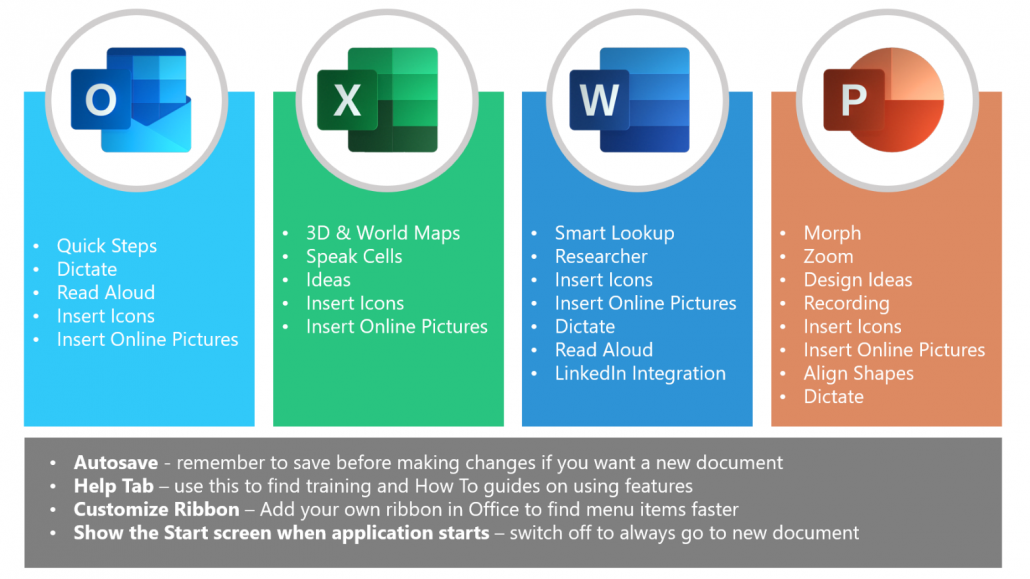

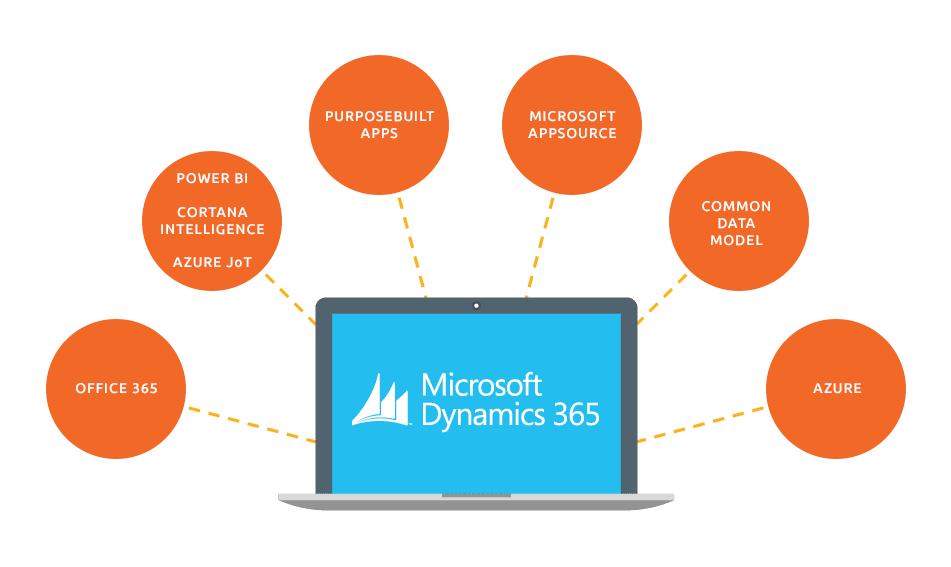
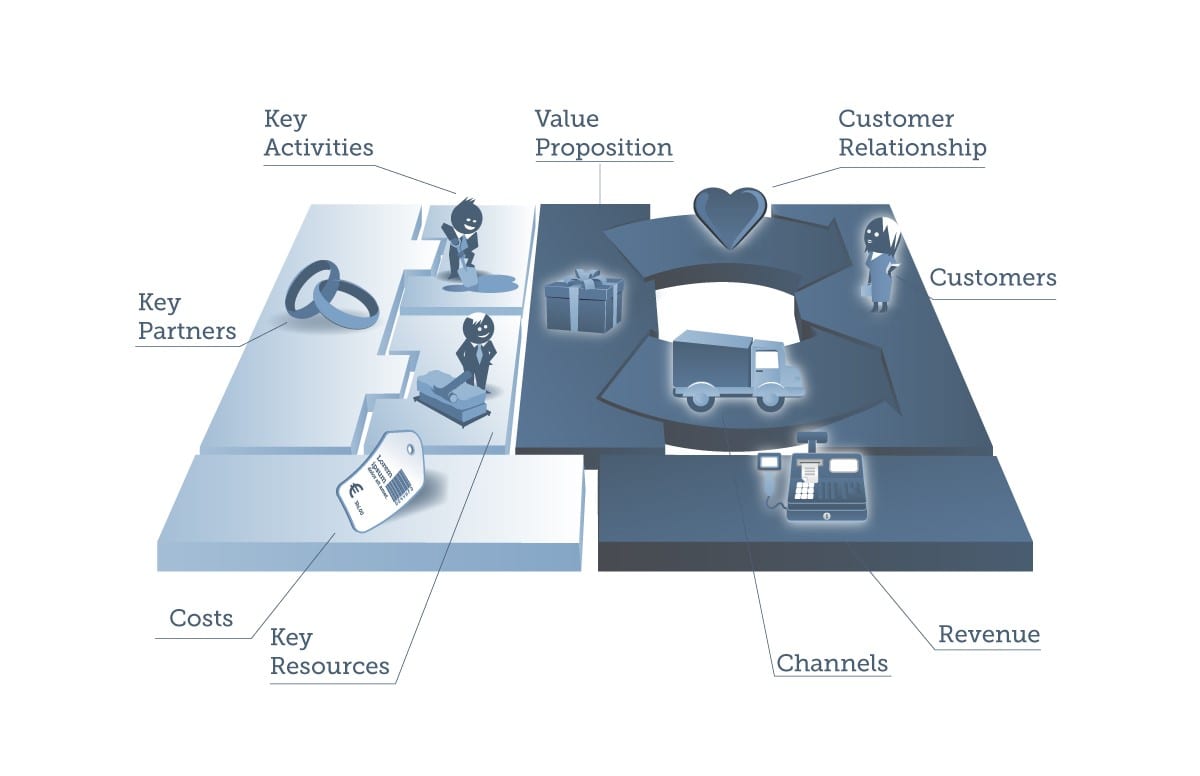

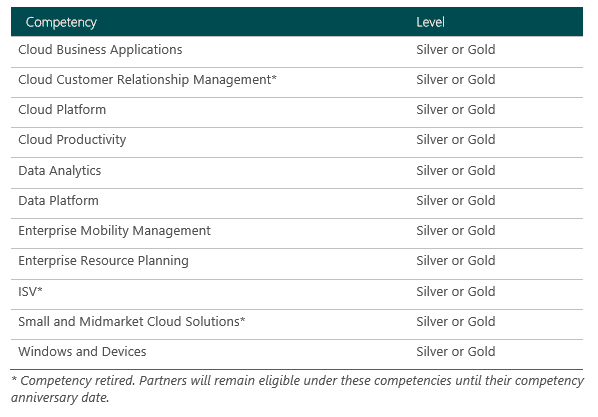
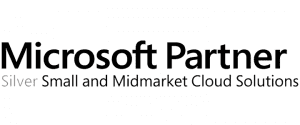
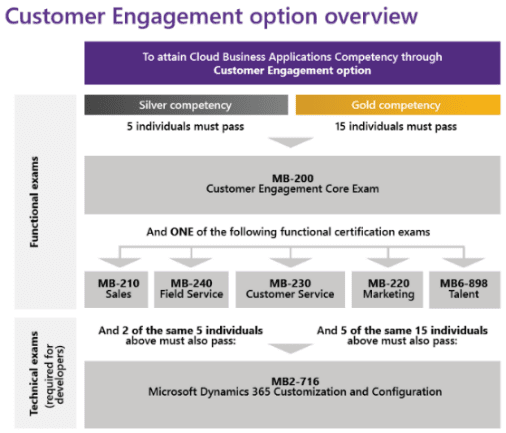
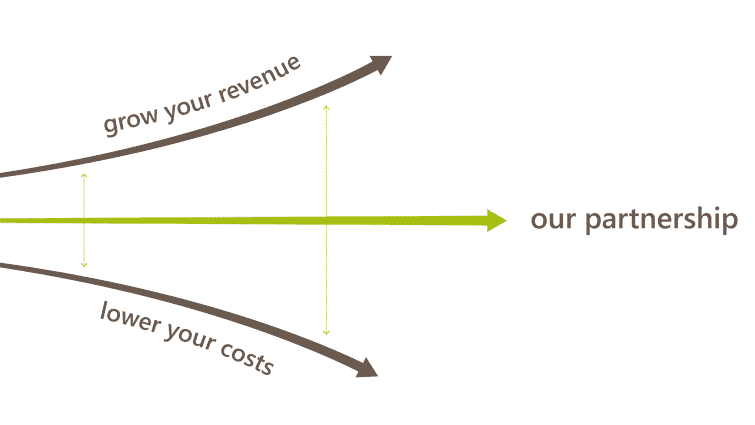
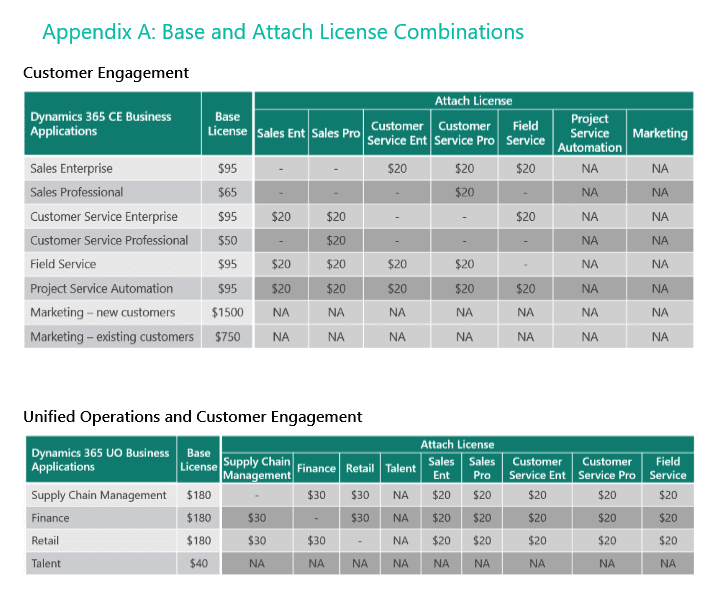
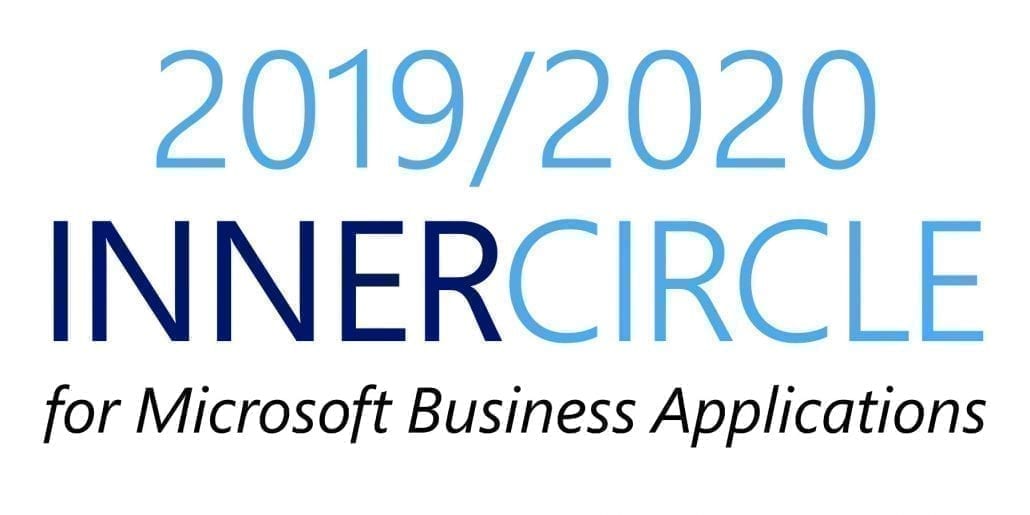
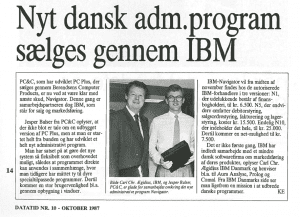
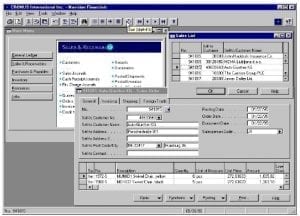 Since the beginning of the 1990s Navision Software had expanded internationally and with the immediate and enormous popularity of Windows 95, they had the distribution and partner network in place to deliver. Financials was the first financial management application to be certified for Windows 95 and they enjoyed the full impact of Microsoft’s global success.
Since the beginning of the 1990s Navision Software had expanded internationally and with the immediate and enormous popularity of Windows 95, they had the distribution and partner network in place to deliver. Financials was the first financial management application to be certified for Windows 95 and they enjoyed the full impact of Microsoft’s global success.